The announcement of the route we will take to acquire nuclear submarines is good only in parts. Down the road a decade or so it will seem the stuff of nightmares
It starts off with a pleasant vision – three of the best subs in the world, the USA’s Virginia class, partly crewed by the US Navy.
Already a subscriber? Log in
Subscribe for just $2 a week
Try a month of The Spectator Australia absolutely free and without commitment. Not only that but – if you choose to continue – you’ll pay just $2 a week for your first year.
- Unlimited access to spectator.com.au and app
- The weekly edition on the Spectator Australia app
- Spectator podcasts and newsletters
- Full access to spectator.co.uk
Unlock this article
Dr Tom Lewis OAM is a former naval officer, military historian and author of 20 books. His latest book ‘Attack on Sydney Harbour’ analyses the failure of leadership in the midget submarine raid of 1942, and asks why none of the small-ship commanders who actually sank two of the raiders were decorated.
You might disagree with half of it, but you’ll enjoy reading all of it. Try your first month for free, then just $2 a week for the remainder of your first year.

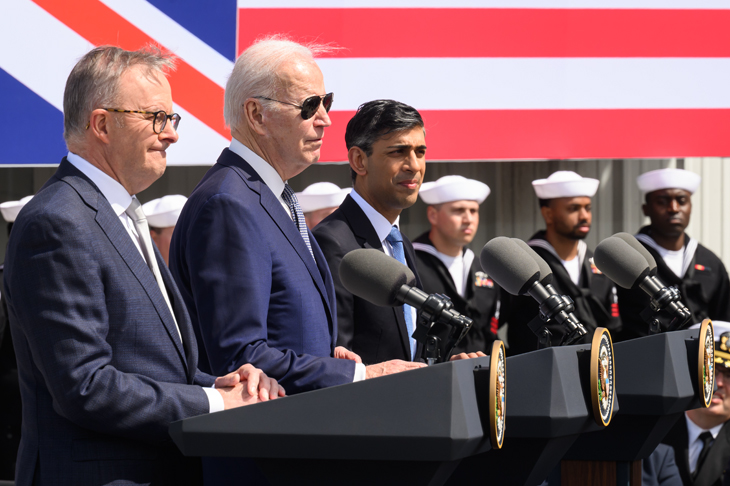
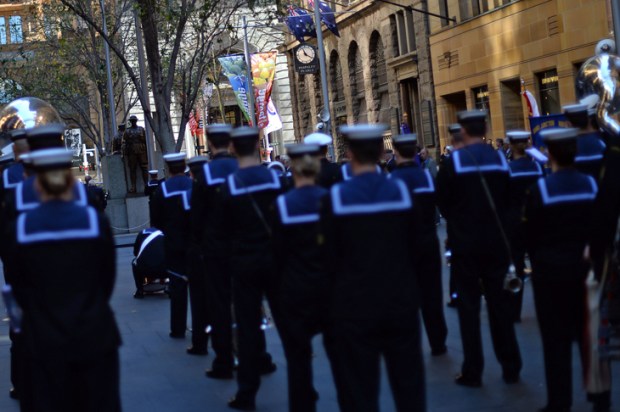
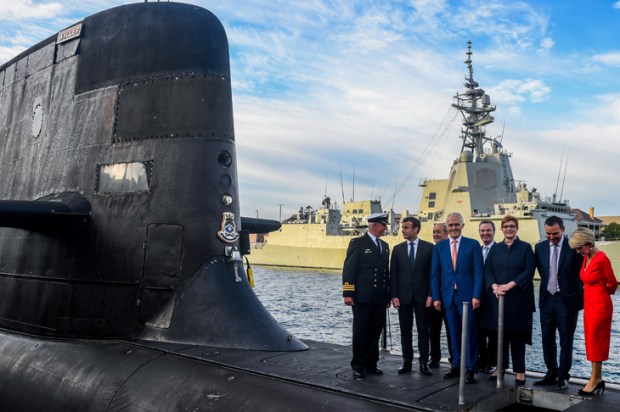
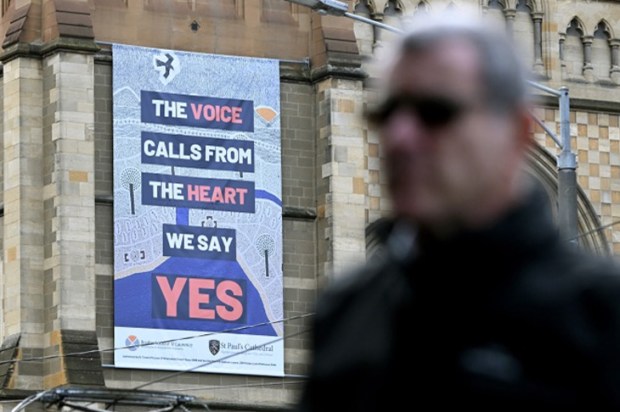
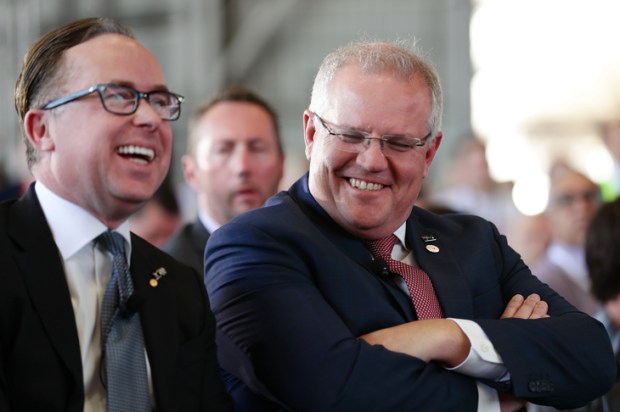
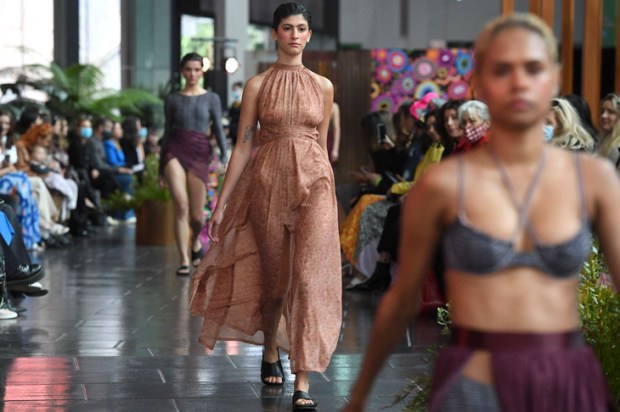
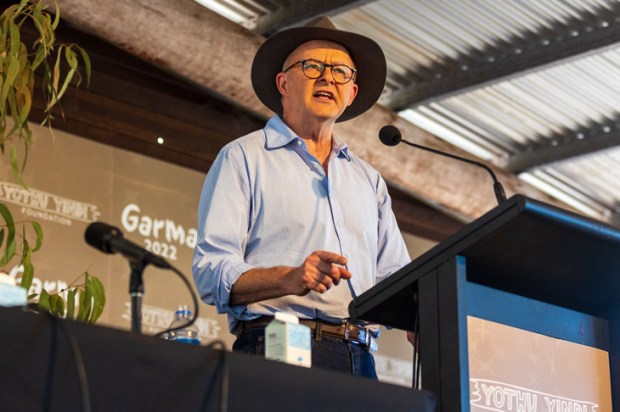






Comments
Don't miss out
Join the conversation with other Spectator Australia readers. Subscribe to leave a comment.
SUBSCRIBEAlready a subscriber? Log in